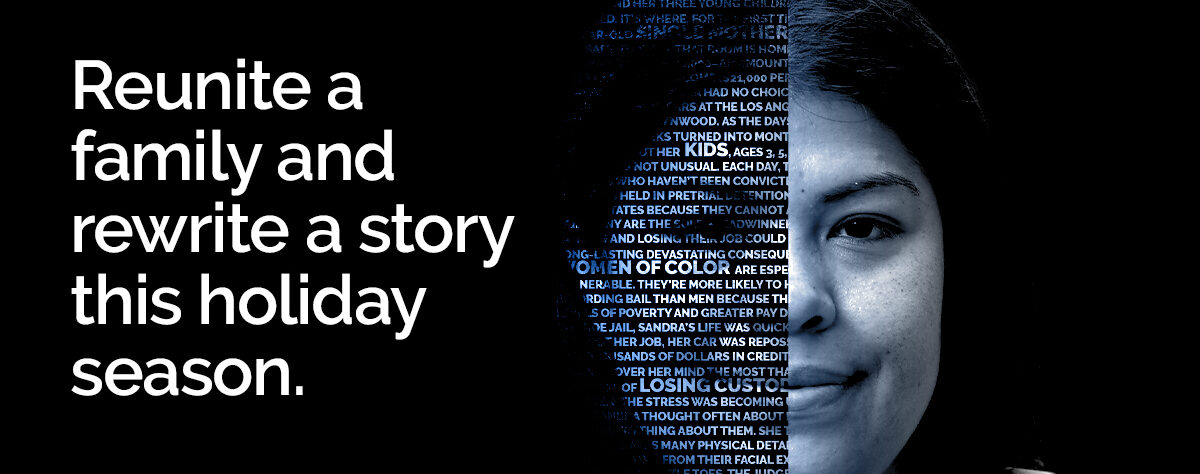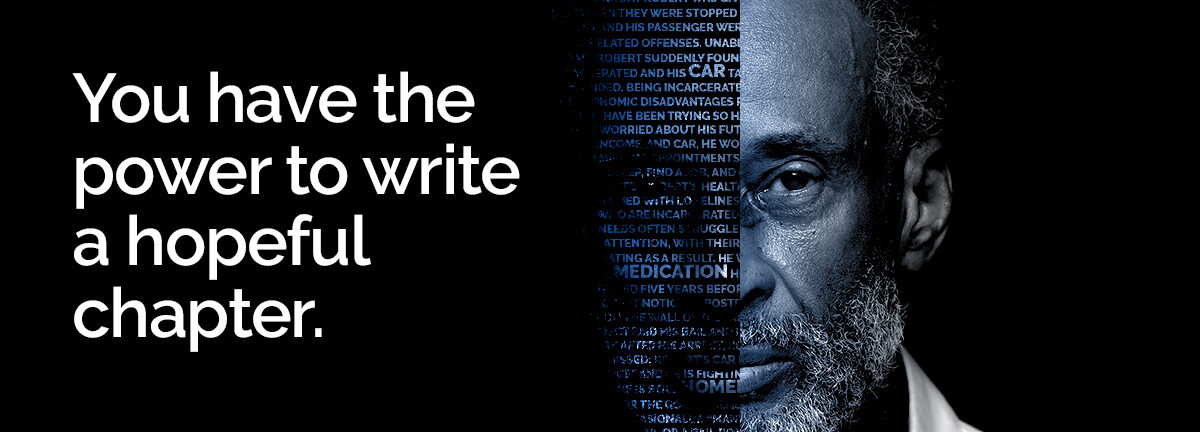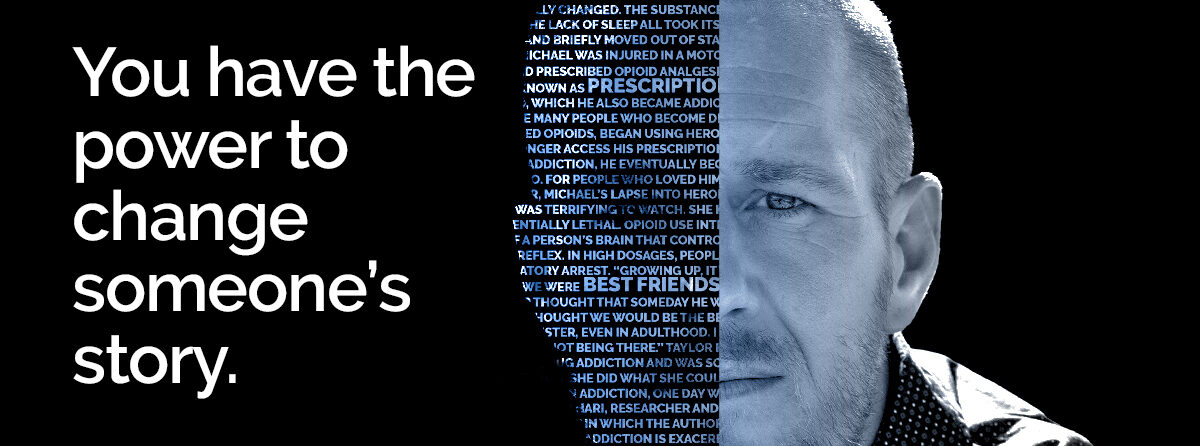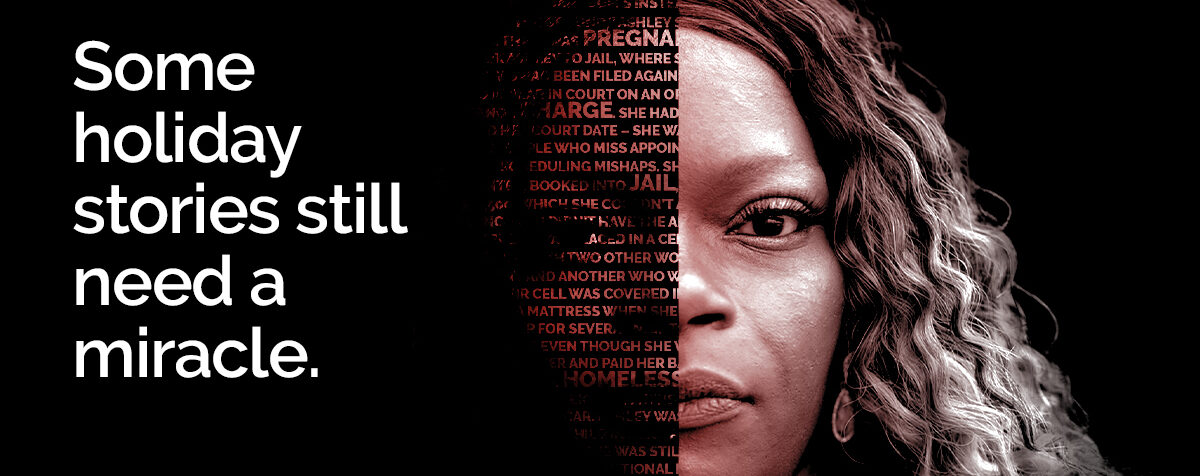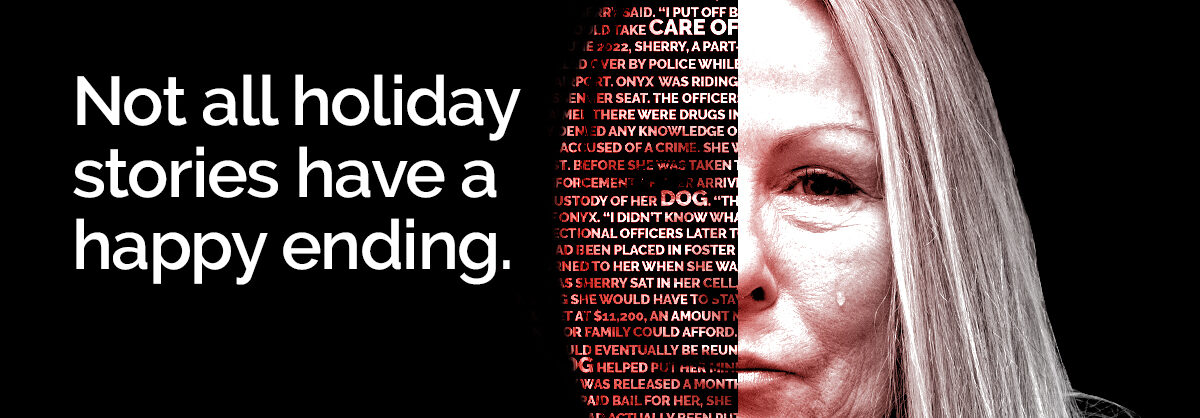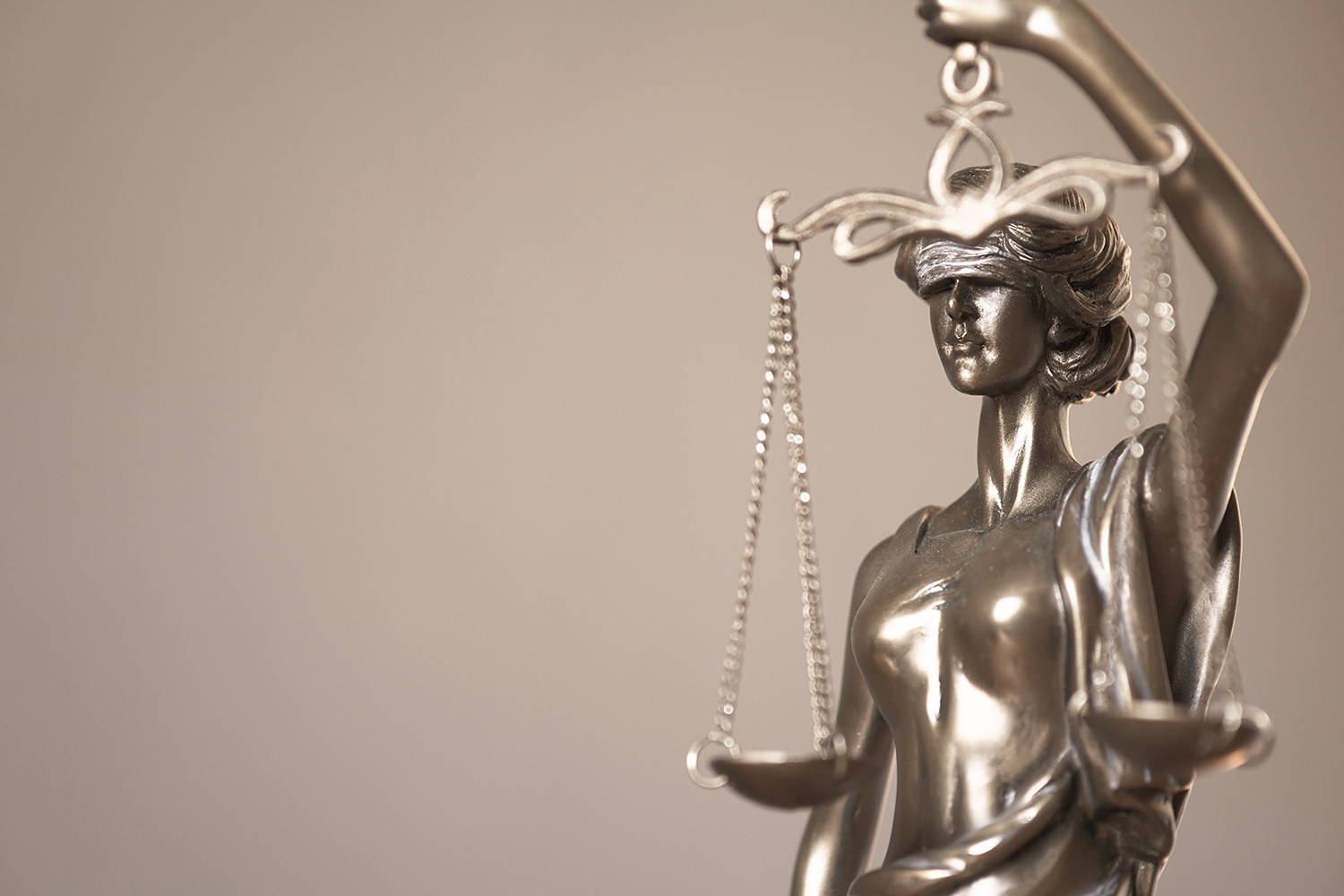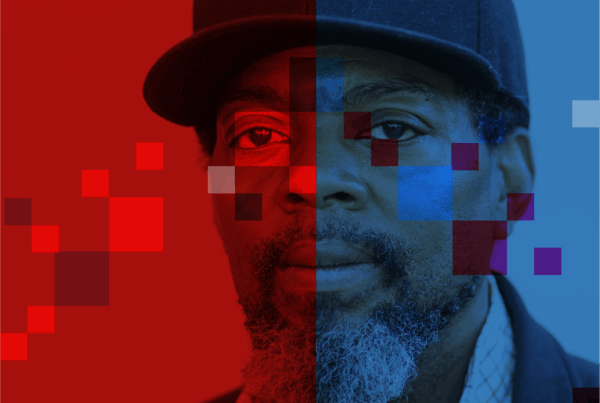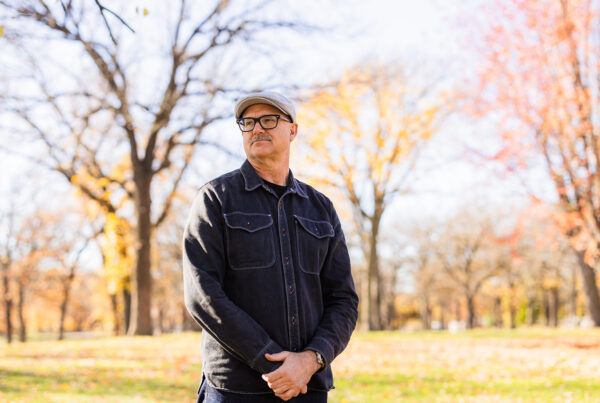“Cashless bail” is a new phrase popularized by the White House – a political label that misrepresents what bail reform actually is. But to understand what bail reform really means – and what it doesn’t – it helps to revisit how the cash bail system works.
If you’re arrested and taken to jail, a judge may set your bail. The cash bail system was designed to encourage people to return for trial, with money refunded once the case closes.
But here’s the reality: you can be arrested for almost anything – and a charge is only an accusation. Americans are innocent until proven guilty. That means you could face unaffordable bail for something like grocery theft because of a broken scanner, or car theft even if you have the paperwork to prove it’s yours. Or simply for exercising your right to protest.
Once bail is set, what’s keeping you in jail? Money.
If you can pay, you wait for trial at home. You keep your job, your home, your family. But if you’re like the 59% of Americans who don’t have $1,000 in savings, you’re stuck – forced to pay a for-profit bail bonds company or sit in jail for weeks, months, or even years. The median felony bail amount? $10,000.
This is how the cash bail system has worked for centuries – and both political parties now agree it’s broken. Cash bail creates a two-tiered system of justice: if you can afford freedom, you get it; if you can’t, you lose it. It undermines both conservative and liberal values.
That’s why bail reform matters. It’s why so-called “cashless bail” – a misleading label for bail reform – is something we should move toward, not away from. Bail reform means judges make decisions based on facts, not finances.
Here’s what to remember:
- “Cashless bail” is a political label meant to confuse. Bail reform replaces a pay-to-play system with one based on safety and fairness.
- Bail reform works. States that have implemented it are seeing success: In Illinois, violent crime fell 7% and property crime 14% after bail reform. In Texas, misdemeanor cases dropped nearly 20%.
- Bail reform makes communities safer. It ensures judges make release decisions based on safety, not wealth.
- Bail doesn’t make people come back to court. The Bail Project’s clients return to over 90% of their court dates – proof that support, not money, ensures accountability.
- This issue impacts millions of working-class Americans. Nearly half of adults in the U.S. have a close family member who’s been incarcerated, and over 60% of people in jail today are there only because they can’t afford bail.
“Cashless bail” isn’t the problem – the current cash bail system is. Americans agree: 75% of voters – including 69% of Republicans – support ending the practice of jailing people pretrial for nonviolent offenses.
When freedom depends on your wallet, justice fails. When it doesn’t, we all win.
Justice should be cashless – and defined by the people it serves, not those it spares.
We need your help to secure freedom for people trapped behind bars because of unaffordable bail.
Your support gives hope to the thousands of people still trapped in pretrial detention. We’ve supported more than 40,000 clients through free bail assistance and community-based support services like affordable housing and healthcare, and mental health services. You can help secure the freedom of thousands more and ensure they make it home for the holidays.
The Bail Project is a 501(c)(3) nonprofit organization that is only able to provide direct services and sustain systems change work through donations from people like you.


